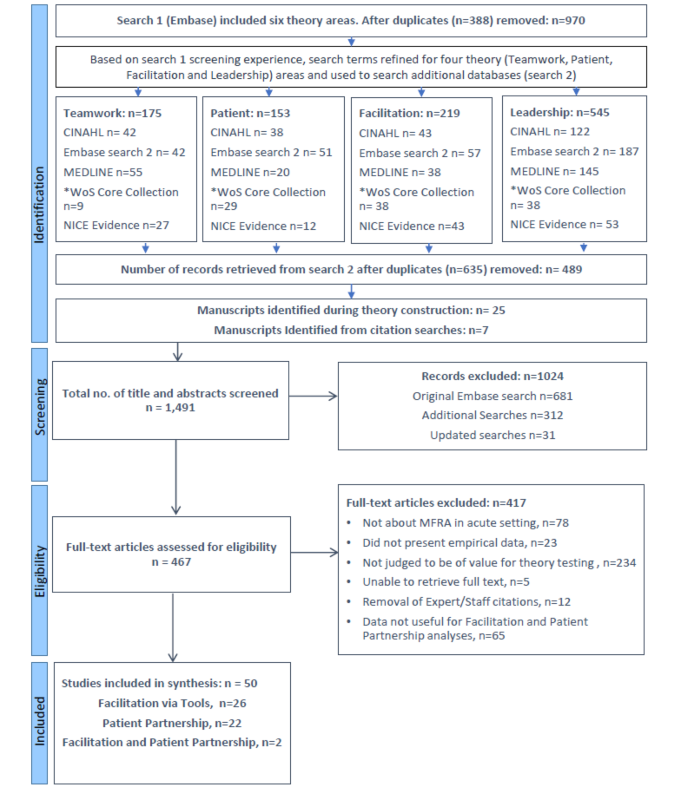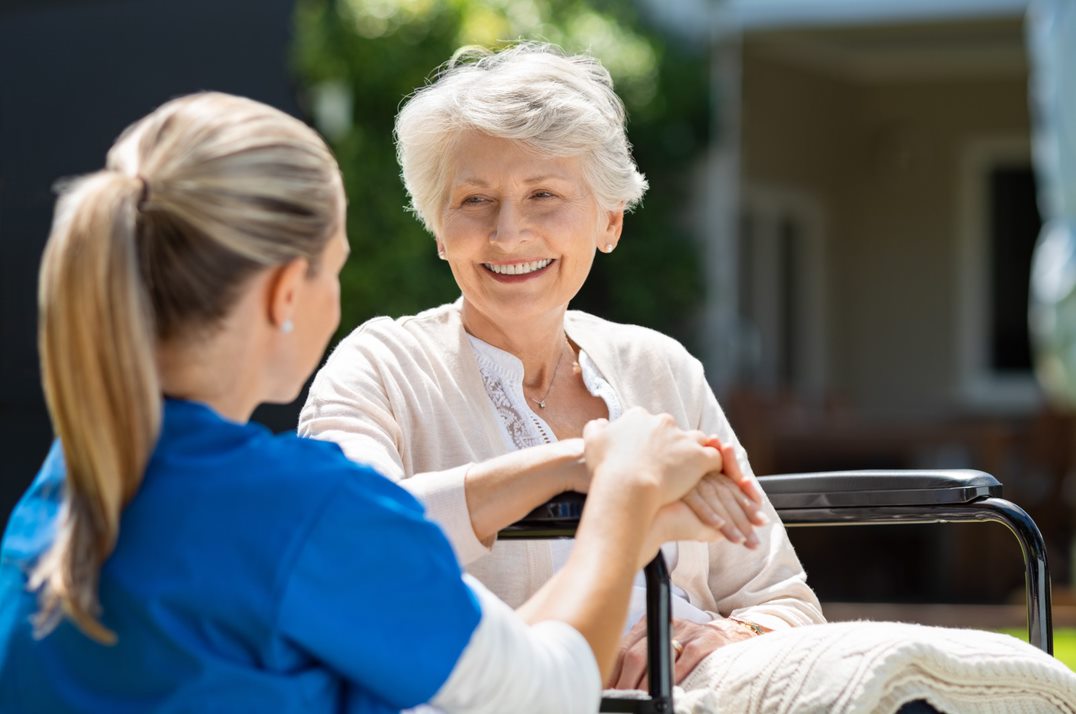Little Known Facts About Dementia Fall Risk.
Little Known Facts About Dementia Fall Risk.
Blog Article
The smart Trick of Dementia Fall Risk That Nobody is Discussing
Table of ContentsHow Dementia Fall Risk can Save You Time, Stress, and Money.Rumored Buzz on Dementia Fall RiskSome Ideas on Dementia Fall Risk You Need To KnowSome Ideas on Dementia Fall Risk You Should Know
A loss danger evaluation checks to see how likely it is that you will fall. The analysis normally includes: This includes a series of concerns regarding your overall health and wellness and if you've had previous drops or issues with balance, standing, and/or strolling.STEADI includes testing, evaluating, and intervention. Treatments are suggestions that may lower your threat of falling. STEADI includes three actions: you for your risk of dropping for your threat elements that can be boosted to try to stop falls (for instance, equilibrium problems, impaired vision) to minimize your threat of dropping by using effective methods (for instance, supplying education and learning and resources), you may be asked numerous questions including: Have you dropped in the previous year? Do you really feel unsteady when standing or walking? Are you fretted about dropping?, your supplier will certainly check your toughness, equilibrium, and gait, utilizing the complying with loss analysis devices: This examination checks your gait.
If it takes you 12 seconds or even more, it may indicate you are at greater threat for a loss. This examination checks strength and balance.
Relocate one foot midway onward, so the instep is touching the large toe of your other foot. Relocate one foot completely in front of the various other, so the toes are touching the heel of your various other foot.
A Biased View of Dementia Fall Risk
A lot of drops happen as an outcome of numerous contributing elements; consequently, handling the threat of dropping starts with identifying the elements that add to fall threat - Dementia Fall Risk. Some of the most appropriate danger elements include: History of previous fallsChronic medical conditionsAcute illnessImpaired stride and equilibrium, lower extremity weaknessCognitive impairmentChanges in visionCertain high-risk medications and polypharmacyEnvironmental variables can also increase the risk for falls, consisting of: Inadequate lightingUneven or damaged flooringWet or unsafe floorsMissing or harmed hand rails and get barsDamaged or incorrectly fitted tools, such as beds, mobility devices, or walkersImproper use assistive devicesInadequate guidance of individuals living in the NF, including those that exhibit hostile behaviorsA effective loss threat management program calls for a complete medical evaluation, with input from all participants of why not look here the interdisciplinary team

The care plan must likewise include treatments that are system-based, such as those that promote a risk-free setting (suitable lights, hand rails, get hold of bars, etc). The efficiency of the treatments need to be assessed periodically, and the care strategy changed as essential to reflect adjustments in the autumn risk assessment. Implementing an autumn danger management system using evidence-based best technique can you can check here minimize the prevalence of falls in the NF, while restricting the capacity for fall-related injuries.
Excitement About Dementia Fall Risk
The AGS/BGS guideline suggests screening all adults matured 65 years and older for autumn threat each year. This testing includes asking individuals whether they have dropped 2 or even more times in the past year or sought clinical attention for an autumn, or, if they have actually not fallen, published here whether they feel unstable when strolling.
People that have actually fallen when without injury needs to have their balance and gait examined; those with gait or equilibrium irregularities need to get added assessment. A history of 1 autumn without injury and without stride or balance issues does not call for more assessment beyond ongoing yearly fall risk screening. Dementia Fall Risk. A loss threat assessment is needed as component of the Welcome to Medicare assessment

How Dementia Fall Risk can Save You Time, Stress, and Money.
Documenting a drops background is one of the top quality indications for autumn prevention and management. copyright medicines in particular are independent forecasters of falls.
Postural hypotension can often be alleviated by lowering the dose of blood pressurelowering medicines and/or stopping medications that have orthostatic hypotension as a negative effects. Use above-the-knee support pipe and copulating the head of the bed boosted might also reduce postural reductions in blood stress. The preferred aspects of a fall-focused health examination are displayed in Box 1.

A Yank time greater than or equal to 12 seconds suggests high autumn danger. Being incapable to stand up from a chair of knee elevation without utilizing one's arms suggests raised autumn risk.
Report this page